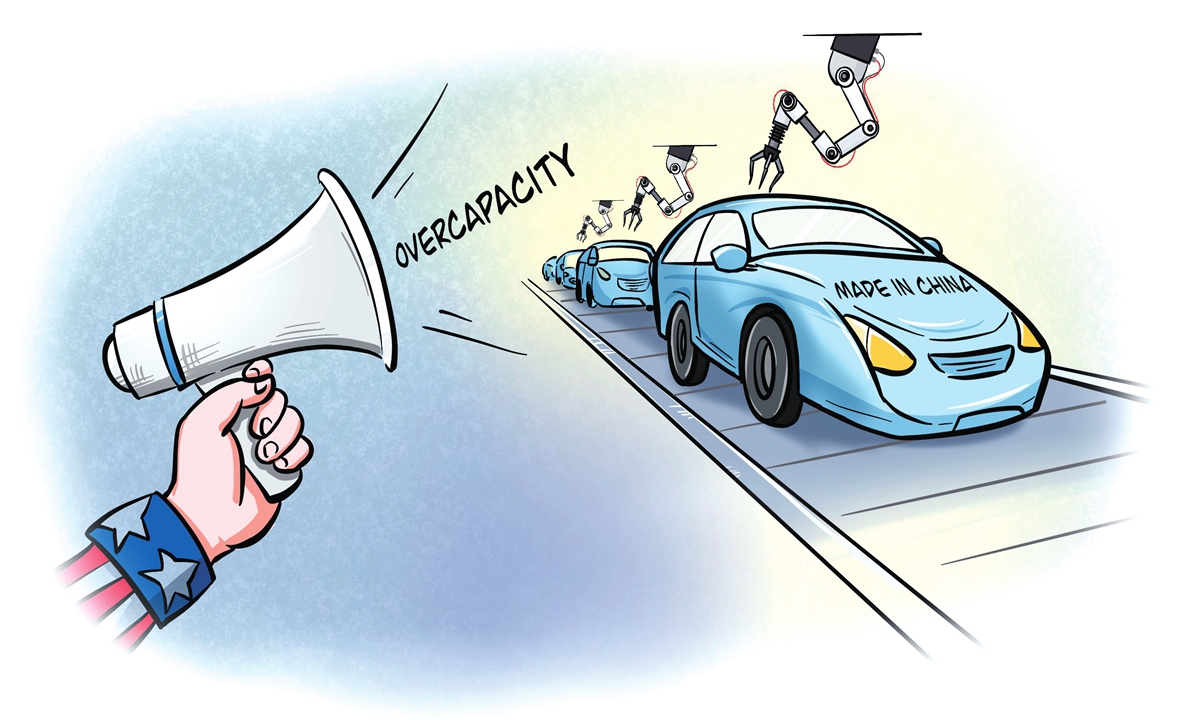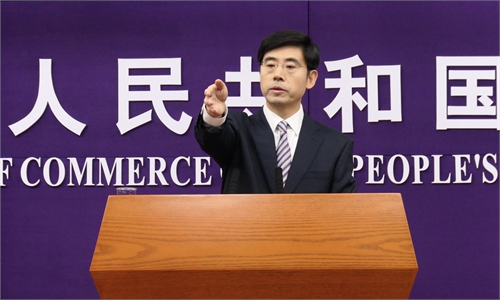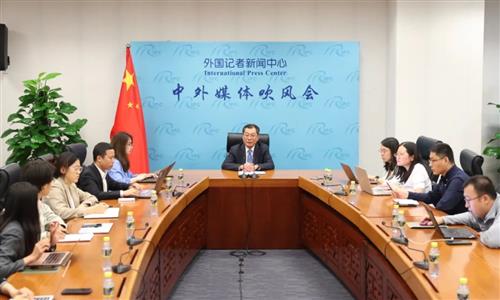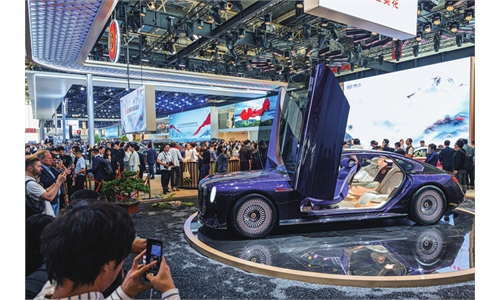
Illustration: Liu Xidan/Global Times
We've heard a lot about the US' claims of Chinese "overcapacity." It's the latest trope in a long line of complaints and claims about what's supposedly wrong with China's economy and its model.
Talk of overcapacity can be found across the Atlantic as the elites rant about China's ability to manufacture and supply goods at a low cost around the world. US Secretary of State Antony Blinken, Treasury Secretary Janet Yellen and others have all stuck to the same script, complaining about Chinese manufacturing output capacity and low prices.
The claims about Chinese overcapacity mask a hollowing out of capacity in the West. There is actually a double undercapacity: One in the West, a legacy of its policies over the last 30-plus years; the other is a need for more capacity in areas such as new energy technologies and products to meet the demands of developing nations.
China is a global manufacturing superpower, contributing 29 percent of global manufactured value added, compared to just 16 percent for the US. In terms of exports, a key issue of the West's complaint, Chinese manufacturing exports-to-output ratio is now 13 percent, close to the 1995 levels of 11 percent. In 2004, export exposure reached its peak at 18 percent. This means that the domestic market has absorbed not just the vast majority of absolute output but also the growth in output.
Comparatively, the German and Japanese manufacturing sectors are significantly more export dependent. For example, in the motor vehicles category, one of the categories singled out by Janet Yellen in her recent visit, China produced about 30.16 million vehicles in 2023 and exported 4.91 million. That's about 16 percent. Germany produced 4.12 million and exported 3 million, or 75 percent. Japan produced 7.05 million and exported 4.42 million, or 63 percent. There have been no complaints from the Americans about German and Japanese overcapacity.
There has been substantial growth in the global market for manufactured products, including electric vehicles (EVs), driven in large part by falling prices. In this context, there is substantial future demand growth that would actually require additional manufacturing capacity. My rough estimates suggest that to meet projected global EV demand by 2035, total global production capacity will need to increase by 60.4 million units annually from 2023 levels. That's why more factories are being built around the world, including in Thailand, Malaysia, Spain, Hungary, Mexico and Brazil.
The overcapacity accusation is matched with claims about so-called weak Chinese demand and excessive household savings. In 2023, China's per capita disposable income increased 6.1 percent in real terms over the previous year. In the same period, national per capita consumption expenditure increased 9.0 percent in real terms. Household disposable income increased more than 300 percent since 2010. The evidence suggests that China's domestic household incomes and consumption demand is anything but "weak."
Chinese households are well known for their frugality and savings habits. Yet, as incomes have risen, Chinese household savings rates have actually tapered off. All up, in real terms, Chinese households are spending twice as much today than they did 10 years ago. At the same time, household savings as a proportion of disposable income has declined from 42 percent in 2010 to less than 35 percent in 2019, according to Huang and Lardy in a 2023 paper.
The last claim is that Chinese manufacturers are dumping surplus capacity onto world markets at low prices. There's no doubt that prices are low and getting lower. But this is a direct result of intense competition in end product and factor markets as well as rising productivity achieved via automation. Chinese manufacturing and supply chains are achieving unprecedented levels of productivity, which is further enhanced by reducing energy costs as supplies switch to renewables.
The real issues being flagged by Western complaints are distributional in nature and go to global power. Incumbent Western enterprises are feeling the pinch of intense competition. The US is the world's largest producer and consumer of crude oil, so it's little surprise that it is slower than most when it comes to migrating to electrification in automotives. But there are big winners as high quality low carbon technologies and products become available in other countries. These are the countries of the Global Majority. Western complaints are in effect an effort to stymie the opportunity for developing countries to access transformation technologies at low costs.
US policymakers have let themselves and the world down. The US has undercapacity, excessive private debt, negligible savings and an economy that spends more on the military than any other. The world benefits from Chinese capacity and its investment in manufacturing across the globe. The issue isn't Chinese "overcapacity," it's the incumbent powers wanting to keep control of who can develop and when they can develop.
The author is adjunct professor at Queensland University of Technology, senior fellow at Beijing Taihe Institute, and former policy advisor to Kevin Rudd. opinion@globaltimes.com.cn



